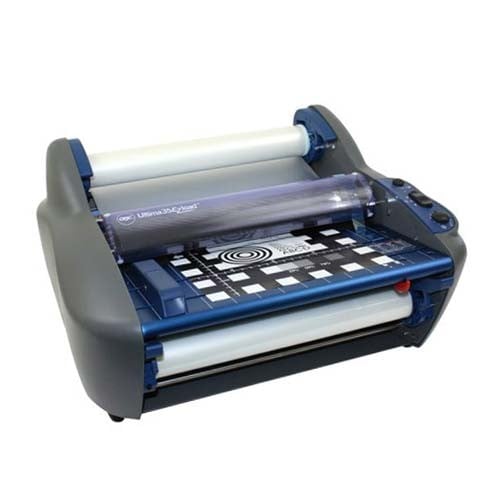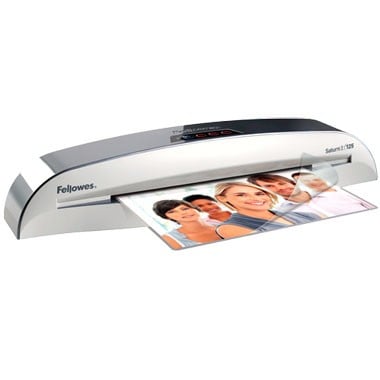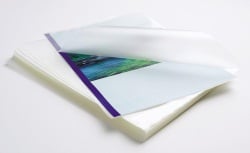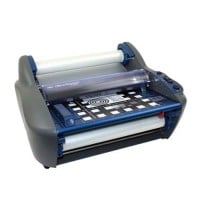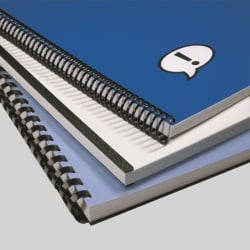MyBinding Knowledge Base
- Binding (248 Article)
- General Binding (42)
- Plastic Comb Binding (57)
- Fastback Binding (59)
- Perfect Binding (2)
- Modular Punching (8)
- Zipbind (3)
- Twin Loop Wire (13)
- Coil Binding (22)
- Thermal Binding (14)
- Strip Binding (1)
- VeloBind (4)
- Binding Covers (14)
- Proclick Binding (10)
- SureBind (4)
- Screw Post (2)
- Hole Punches (2)
- Staplers (4)
- Komtrak Insprial Binding (2)
- Paper (1)
- Rhin-O-Tuff (5)
- Binding Machines Comparison (17)
- Laminating (109 Article)
- General Laminating (26)
- Roll Lamination (16)
- Pouch Lamination (36)
- Pouch Board Laminator (3)
- School Laminator (3)
- Foil Laminating (3)
- Royal Sovereign Laminators (10)
- Laminators Comparison (3)
- Boards (11 Article)
- Bulletin Boards (3)
- Whiteboards (5)
- Chalkboards (1)
- Paper Shredders (44 Article)
- General Shredding (35)
- Industrial Shredders (1)
- Cross-Cut Shredders (2)
- Cardboard Shredders (1)
- Multimedia Shredders (1)
- Personal Shredders (1)
- High Security Shredders (2)
- Ring Binders (9 Article)
- Specialty Binders (2)
- Reinforced Paper (1)
- Health Care Punched Paper (1)
- Perforated Paper (2)
- View Binders (1)
- Index Tabs (9 Article)
- Index Tab Dividers (2)
- Copier Tabs (4)
- Pocket Folders (1)
- Custom Index Tabs (1)
- Pre-Printed Index Tabs (1)
- Paper Handling (37 Article)
- Paper Folders (9)
- Paper Joggers (2)
- Guillotine Cutters (4)
- Rotary Trimmer (3)
- Electronic Paper Cutters (1)
- Corner Rounders (2)
- Paper Scoring (2)
- Paper Drill (2)
- Booklet Makers (3)
- Stack Cutters (1)
- Paper Handling Equipment Comparison (5)
- ID Accessories (12 Article)
- Badge Holder (1)
- Lanyards (8)
- Badge Reels (1)
receive
$5off
*On order $25 or more.
Are there tricks to binding hard to bind papers with Fastback Binding?
Thermal binding, or the process of binding paper using a combination of heat and an adhesive has always been a convenient binding style for users looking for a quick, secure bind. End-users like thermal binding for that reason; its one of the fastest binding styles, and it creates a bind that has permanent-like qualities, adding security to the document. The overall speed of producing a thermal-bound document is far superior than traditional binding styles found in comb, coil and wire style binding. There are however a few drawbacks to thermal binding systems. I will introduce this problem and its characteristics followed up by a solution to this problem that adds another positive element to thermal binding.
Thermal binding has been the perfect solution for customers looking for a quick, securely bound document. However, traditional thermal binding limits the variations of paper stock the user can use with their particular system. Thermal binding works fine on a variety of thicknesses of paper including various cover stocks but has problems with coated paper. For example, glossy stock has a hard time staying bound because the adhesive in a thermal binding strip has a hard time penetrating the paper fibers which in turn creates better adhesion. This fact alone has limited the applications of thermal binding.
A company called Powis Parker (the manufacturers of Fastback tape binding) recognized this as a flaw in thermal binding applications and came up with a binding strip available to alleviate this problem. The strip is called a “CP,” or “color pro” strip and is available for the Fastback 15xs thermal binding system. The strip is specifically designed to work in conjunction with your color copier and can bind up to 32# text. The dynamics of the adhesive are much of the same as a normal super strip except there is a larger amount of adhesive down the center of the strip specifically formulated for hard-to-bind paper stocks. This means glossy, thicker paper stock can now be bound in thermally. The process is the same as normal fastback binding except the bind time runs for about 45 seconds as opposed to 20 seconds with the normal strips. With this introduction of the CP strip Fastback has set themselves aside as offering the most versatile binding products in the market offering a simple solution for thermal binding and the problems with glossy stocks.
However, even the new CP strip has its limitations. Certain high gloss paper stocks and coated photo papers will not bind properly with the CP strip. Additionally, full bleed digitally printed sheets may not interact well with the high heat needed to melt the extra adhesive used in the CP strip. In fact, the ink and toner can sometimes melt or deteriorate during the longer 45 second binding cycle. For organizations facing these issues, there are two primary options available…
- Powis Parker developed a special machine called an edge splitter. This machine literally splits the edges of the pages in your book block. The split edges will allow the adhesive from standard binding strips to adhere to high gloss photo papers and full bleed digital prints. For high volume applications this is an excellent option. However, for short run users this can be a cost prohibitive solution.
- A second option is to stitch or staple the edge of the document or book prior to binding. Using staples, stitching wire or mechanical fasteners will prevent any single page from falling out the book block. If you carefully staple or stitch the book block close to the edge of the paper, the binding tape will hide the staples or fasteners. However, it is important to note that this option can make it more difficult to open the bound document and will prevent you from opening your document flat.
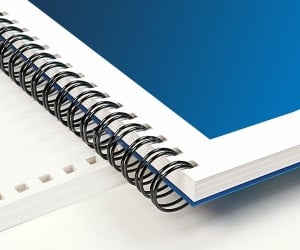
< Over the years, a number of customers have asked me whether they can use twin loop wire with their plastic comb binding machine. These customers often don’t want to have to buy a brand new machine but like the look and feel of twin loop wire binding. However, the answer to their question isn’t as simple as it seems. You see, they actually do make twin loop wire that is designed to work with the plastic comb binding hole pattern. With that said, if you want to use these wires you are going to need a way to close the wires. What is Spiral-O Wire? Let me explain a little bit more…There is a product that we carry called Spiral-O Wire. This wire has 19 loops and is designed to work with the hole pattern from a plastic comb binding machine. Spiral-O Wire is sometimes called Wire Combs or Ibico Wire and was originally designed for use with some of the older Ibico binding machines. A number of the older Ibico plastic comb binding machines also included a twin loop wire closer on the front of them to allow users to use both plastic combs and wire. This 19 loop wire was designed for this purpose. What Equipment is Needed? As the Ibico brand has been phased out by GBC and all of the older Ibico plastic binding machines have been replaced with new models, they no longer have the twin loop wire closer on the front of them. This presents a problem in trying to use these spiral-o wires since you can’t use the wires without a way to close them. One of the only options left is to purchase a Twin Loop wire closer. However, since twin loop wire closers are not incredibly cheap this option usually only appeals to users who have larger electric plastic comb binding machines. Otherwise, it is often advisable to simply buy a low end 3:1 pitch twin loop wire binding machine (the supplies are cheaper). This being said, if you have one of the older Ibico binding machines that has a wire closer included you are in luck. The Spiral-O binding supplies that we carry will work perfectly with your machine and you will be able to use both plastic combs and wire depending on your needs. These Spiral-O binding supplies are available in Black, Silver, White, Blue and Red and in sizes up to 1″ in diameter. If you aren’t sure what type of wire binding supplies that you need to work with your machine simply give us a call. Our trained sales representatives will be glad to help you find the correct supplies for use with your machine.(Read More)
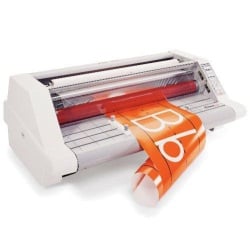

Loading...


